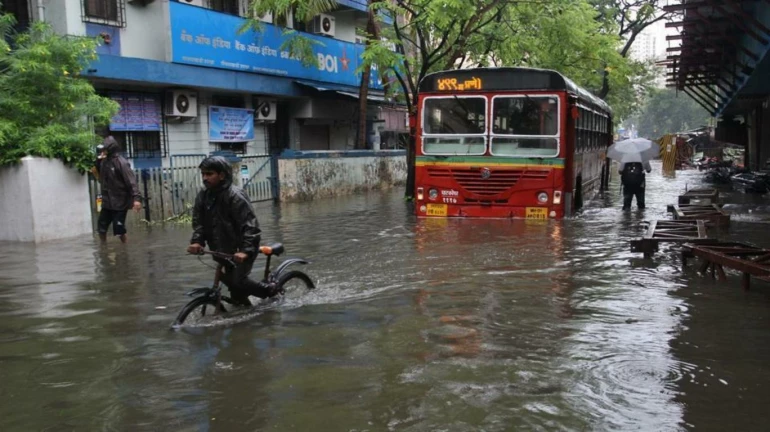
During the monsoon season, various waterborne illnesses become a concern, and it is crucial to promptly diagnose and treat them. During monsoons, it is not possible to avoid puddles and water-logged areas plus the chances of coming in contact with dirty water from sewage also go up especially in Mumbai.
One must take necessary steps to stay protected during monsoon after such exposures. Washing feet and hands with just water might not be enough to stay protected after wading through water logged areas.
This article provides essential information on the symptoms, transmission, and precautions to avoid Leptospirosis during the monsoon season.
Understanding the disease:
According to the Center for Disease Control and Prevention (CDC), Leptospirosis is a bacterial infection transmitted through animal urine and feces, which contaminate soil, water, and vegetation. The bacteria responsible for this infection is called Leptospira. Infection can spread through animals (either stray or domestic) including rats, dogs, horses, pigs, or cows.
How does one get Leptospirosis?
Animals infected with leptospira can easily contaminate water or soil, thereby transmitting the bacteria to other animals or humans. One can get leptospirosis from:
Direct contact with urine or other bodily fluids of an animal infected with leptospira
Direct exposure of eyes, mouth, nose, broken skin, mucous membranes, or open wounds to contaminated water or soil
Leptospirosis outbreaks are usually caused by exposure to contaminated waters, like sewage. The chances of these exposures go up during monsoons as roads get waterlogged with leaking drainage lines, increasing the risk of contracting these bacteria. The incubation period for the disease is typically 5-14 days with a range of 2-30 days.
Symptoms to watch out for
Symptoms of leptospirosis may differ from person to person. Common symptoms of leptospirosis include fever, headache, body rashes, vomiting, and abdominal pain. Prompt treatment with antibiotics prescribed by doctors can effectively manage these symptoms. However, CDC advises carefully monitoring symptoms and not leaving them untreated, as it may lead to internal bleeding and organ failure.
Preventive measures to minimise the risk
Taking precautions to prevent leptospirosis is crucial during the monsoon season, especially in areas prone to water logging. The best way to prevent the infection is by not wading in stagnant water. Here are some recommended measures:
Avoid walking through stagnant water: It is advisable to refrain from walking through stagnant water, as it can be a breeding ground for the bacteria.
Use protective gear: When stepping out in monsoon, prefer wearing protective clothing like long pants etc., closed footwear, particularly rubber boots, and cover cuts or abrasions with waterproof bandages as they help minimize exposure to contaminated water or soil.
Practice preventive hygiene: After returning home, thoroughly wash your feet and hands to wash away potential bacteria. If you have come in contact with sewage water or potentially contaminated water, use Savlon Antiseptic Disinfectant Liquid to stay protected against Leptospirosis.





